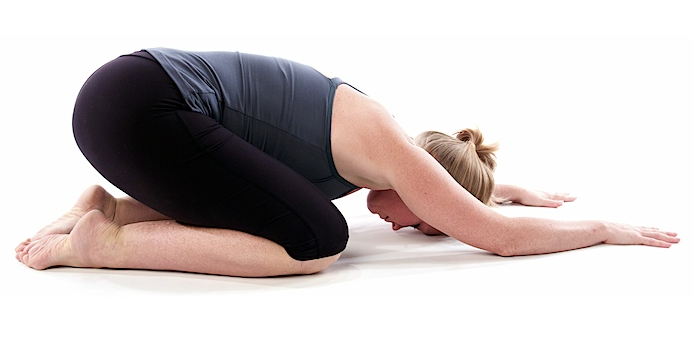Tailbone pain, sometimes called Coccydynia, is pain at the coccyx. The coccyx is a small triangle shaped bone at the end of the spine that serves as an attachment site for several muscles, ligaments, and tendons. Typically, someone experiencing Coccydynia will complain of pain when sitting or standing for long periods, rising to stand or leaning back while seated.
Tailbone pain can happen to anyone. If it’s happening to you though, you may be wondering why & more importantly: “How do I make it stop!?”
What Causes Tailbone Pain?
Often tailbone pain occurs after trauma to the sacrococcygeal joint – the joint formed by the sacrum and the coccyx. What type of trauma are we talking? Well, there is the obvious kind like falling back and landing on your butt. This is most common, but there also can be trauma during childbirth and even micro-trauma from prolonged bad posture. Unfortunately, ladies, we are 4-5x more likely than men to experience tailbone pain. Pregnancy and a high BMI also increase your risks.
How to Stop Tailbone Pain
1) Take the pressure off
The easiest way to do this is by sitting with good posture and maintaining the natural curve of the low back when seated. If you have had prolonged pain in the tailbone, you may need to completely unweight the coccyx to sit comfortably. In this case, anteriorly tilting the hips helps distribute the weight forward on to the ischial tuberosities (aka the “sits bones”). There are also a number of adaptive cushions on the market to help reduce pressure to the tailbone when sitting. Personally, I recommend using a wedge shaped cushion. This helps rock the hips forward into that anterior tilt and often these cushions feature a cutout that keeps the tailbone from touching the surface of the chair at all.
2) Stretch the hips
Various muscles attach to the coccyx including the glute max and as well as several pelvic floor muscles (pubococcygeus, iliococygeus, and coccygeus). One great stretch that addresses all of these muscles simultaneously is child’s pose. This yoga pose is a position of relaxation for the pelvic floor which can be tense in some people who experience tailbone pain. Try holding the position for a minute while breathing deeply.
3) Relax the pelvic floor
When the body experiences pain, a natural response is for the brain to try to secure the area. This natural response can become out of balance in people who have been experiencing pain for long periods. As this relates to tailbone pain, some patients may hold tension in the pelvic floor muscles (which connect directly to the coccyx) without realizing they are doing this. Consciously relaxing the muscles of the pelvic floor with deep breathing can be a great way to help reduce this holding pattern. You can combine this deep breathing with the stretch mentioned above. Take several deep breaths and try to allow the muscles of the pelvic floor to relax as you inhale fully and deeply.
4) Don’t forget about ice and heat
Ice and heat can be very helpful as well. If you had a recent fall (in the last couple of days), ice will be best to reduce any inflammation that may be contributing to your pain. After that first few days, you can alternate between ice and heat. Protect your skin from injury by limiting your time with ice and heat to about 15 minutes and always keep a layer between yourself and the heating pad or ice pack.
5) See a pelvic floor physical therapist
If you’ve tried all that and still have pain, pelvic floor physical therapy (PT) might be right for you. Your pelvic floor PT can help rule out pain referring from muscles of the pelvic floor contributing to your discomfort. They can also assess the movement of the sacrococcygeal joint to ensure that there is an appropriate amount of movement. Both excessive movement and insufficient movement can lead to pain. Your PT may recommend mobilization to the joint particularly if there has been a fall. To do this gentle mobilization your therapist will use a gloved finger rectally to grasp the coccyx. Although it may cause slight discomfort, this type of mobilization is generally very helpful in reducing pain.
It’s best to see a physical therapist sooner rather than later when tailbone pain occurs. Better outcomes are generally seen if treatment is provided soon after symptoms start. If you’re unsure if PT is right for you, give us a call. We would be happy to answer your questions and see if there is something we can do to help.



